In this video, Karra demonstrates what a bedroom studio sounds like with and without PSY Acoustics panels.
Mineral wool, renowned for its excellent Noise Reduction Coefficient rating (NRC), is a versatile and high-performance insulation material used extensively in the construction industry. NRC refers to a material’s ability to absorb and reduce sound, making mineral wool an exceptional choice for acoustic insulation in commercial and industrial buildings. Its dense and fibrous structure allows it to effectively dampen noise transmission, creating a quieter and more comfortable indoor environment.
Noise Reduction Coefficients (NRC) are determined through standardized testing procedures to accurately assess acoustic performance. The most common method employed for NRC testing is the ASTM C423 standard, known as the Reverberation Room Method. In this method, a sample of the material under evaluation is placed in a specialized acoustic chamber called a reverberation room. A sound source emits a controlled, broad-spectrum noise signal within the room, and microphones measure the sound levels at various positions.
What is the difference between 2″ thick panels and 4″ thick?
The sonic difference between 2-inch thick and 4-inch thick acoustic panels is substantial and primarily relates to their capacity for sound absorption across different frequency ranges. Generally, 4-inch thick panels provide more extensive absorption capabilities, particularly in lower frequencies. This makes them highly effective in controlling bass frequencies and reducing room resonance, resulting in a more balanced and controlled acoustic environment.
On the other hand, 2-inch thick panels are better suited for managing mid and high-frequency sound reflections, making them valuable for improving speech intelligibility and controlling mid-range echoes. The choice between the two depends on the specific acoustic needs of the space; while 4-inch thick panels excel in studios or home theaters where deep bass control is crucial, 2-inch thick panels may suffice in offices or conference rooms primarily concerned with speech clarity and reducing high-frequency noise.


 PSY Acoustics Pro Line
PSY Acoustics Pro Line Portrait Panels (2′ x 4′)
Portrait Panels (2′ x 4′) Landscape Panels (2′ x 4′)
Landscape Panels (2′ x 4′)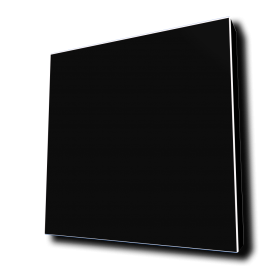 Square Panels (2′ x 2′ / 3′ x 3′ / 4′ x 4′)
Square Panels (2′ x 2′ / 3′ x 3′ / 4′ x 4′)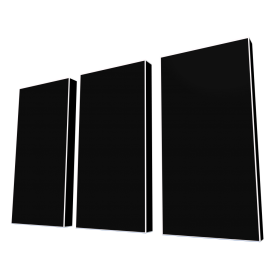 Cascade Portrait Panels (6′ x 4′)
Cascade Portrait Panels (6′ x 4′) Ceiling Clouds (72″ x 40″ x 4″)
Ceiling Clouds (72″ x 40″ x 4″) Custom Panels
Custom Panels Prints (2′ x 4′) – Fabric Only
Prints (2′ x 4′) – Fabric Only Au5
Au5 Ilio
Ilio Jordan Rudess
Jordan Rudess Justin Vibes
Justin Vibes Kali Audio
Kali Audio Karra
Karra Libra Rising Music
Libra Rising Music MIDIhead
MIDIhead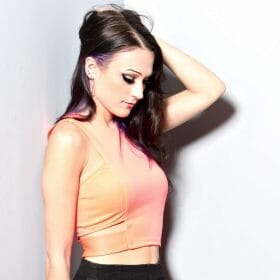 Neon Vines
Neon Vines School Of Rock
School Of Rock Tritonal
Tritonal 2k Games
2k Games Andy Lunique
Andy Lunique Bungie
Bungie Burke Black
Burke Black Delrith
Delrith Epic Games
Epic Games FG Tee V
FG Tee V Fightin’ Cowboy
Fightin’ Cowboy Gearbox Software
Gearbox Software Imperial Hal
Imperial Hal Oddworld Inhabitants
Oddworld Inhabitants Probably Monsters
Probably Monsters Striking Distance Studios
Striking Distance Studios Benn Jordan
Benn Jordan Chef PK
Chef PK Full Court Pumps
Full Court Pumps Priyon Joni
Priyon Joni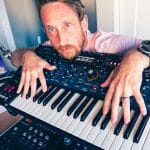 Red Means Recording
Red Means Recording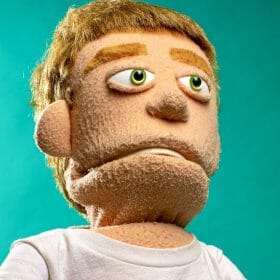 Reid Stefan
Reid Stefan Stacey Roy
Stacey Roy Venus Theory
Venus Theory

